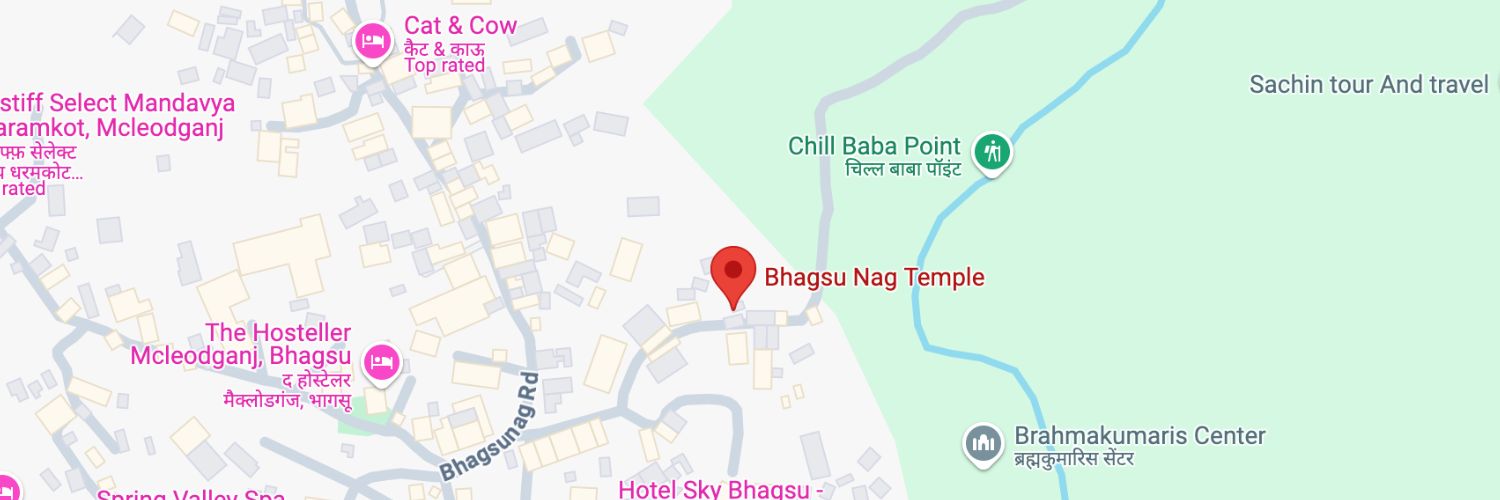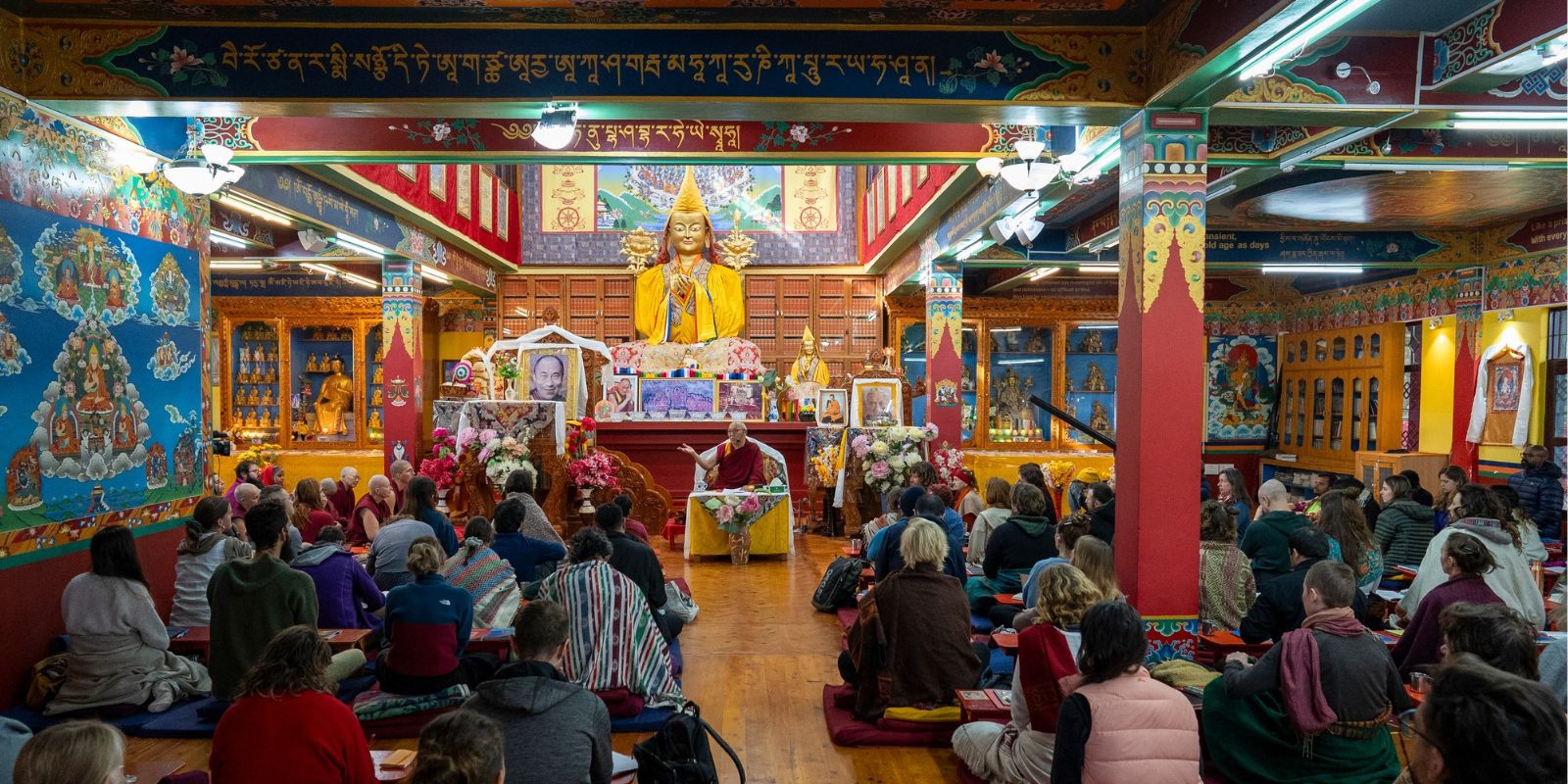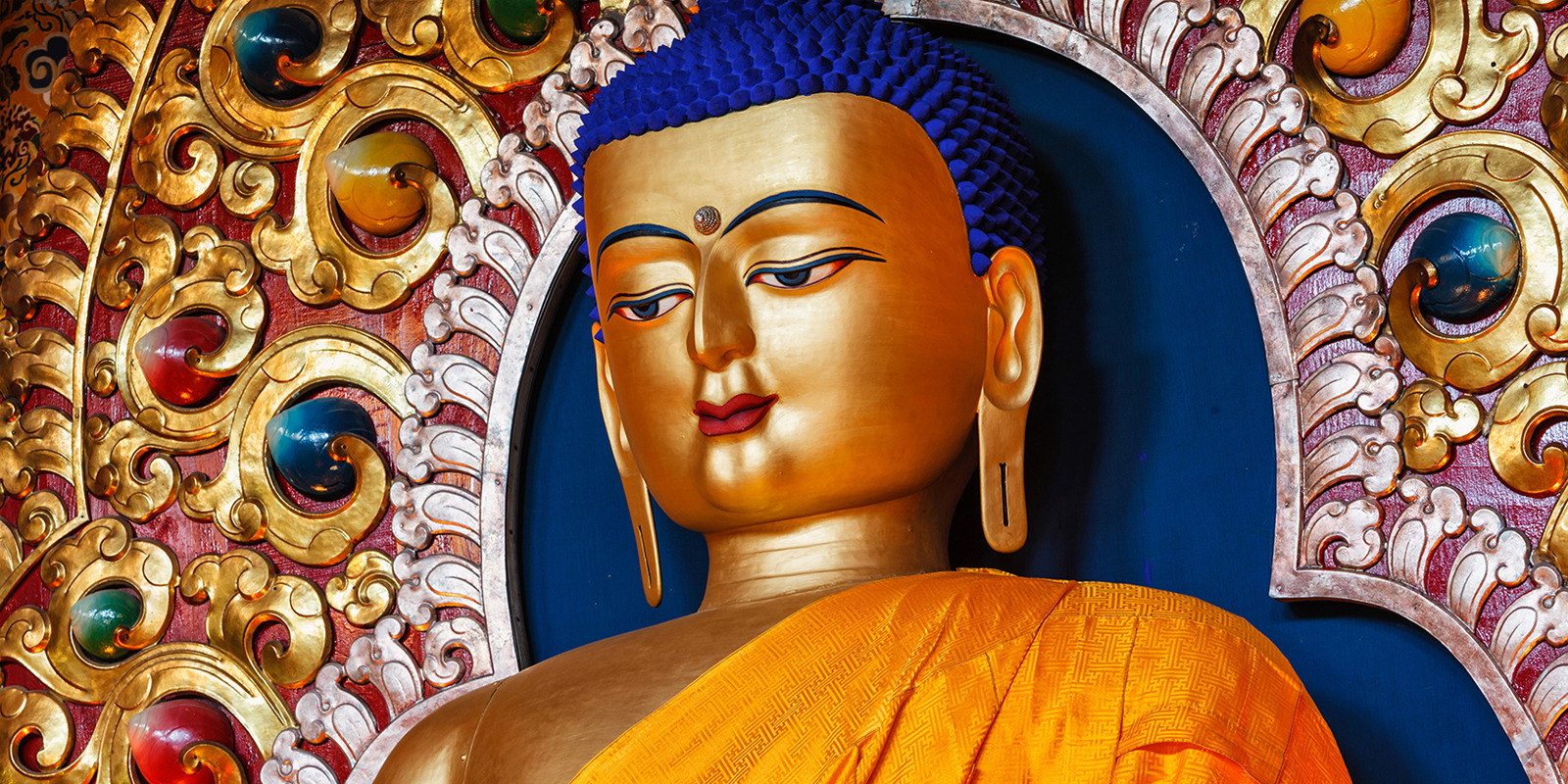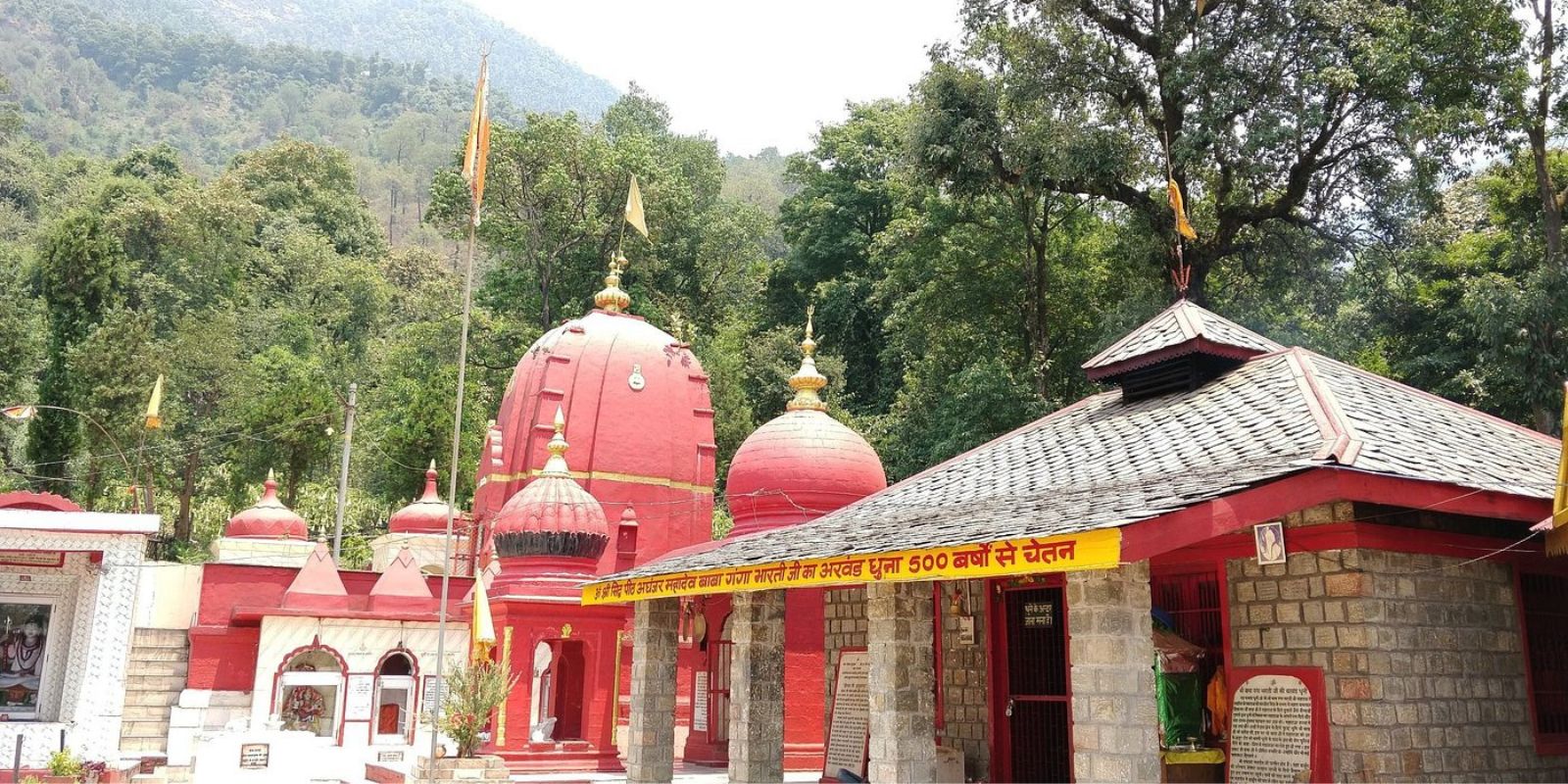Nestled in the foothills of the Dhauladhar range near McLeod Ganj, Bhagsunag Temple is one of Dharamshala’s oldest and most revered Hindu shrines. Dedicated to Lord Shiva, the temple sits beside a natural spring, which is considered holy by pilgrims and locals alike. According to legend, the water here holds divine power, and the temple has become a key stop on the spiritual circuit of Himachal Pradesh. Surrounded by cedar forests, stone steps, and the sound of cascading water, Bhagsunag blends devotion with Himalayan beauty.
Noteworthy Attractions
Bhagsunag Waterfall
A short scenic trek from the temple leads to a beautiful waterfall—perfect for meditation and quiet reflection.
Holy Dip
Pilgrims take a dip in the cool, clear waters believed to cleanse sins and rejuvenate the soul.
Tibetan Museum
A deeply moving chronicle of Tibet’s history, exile, and cultural survival told through photos, artifacts, and documentaries.
History & Culture
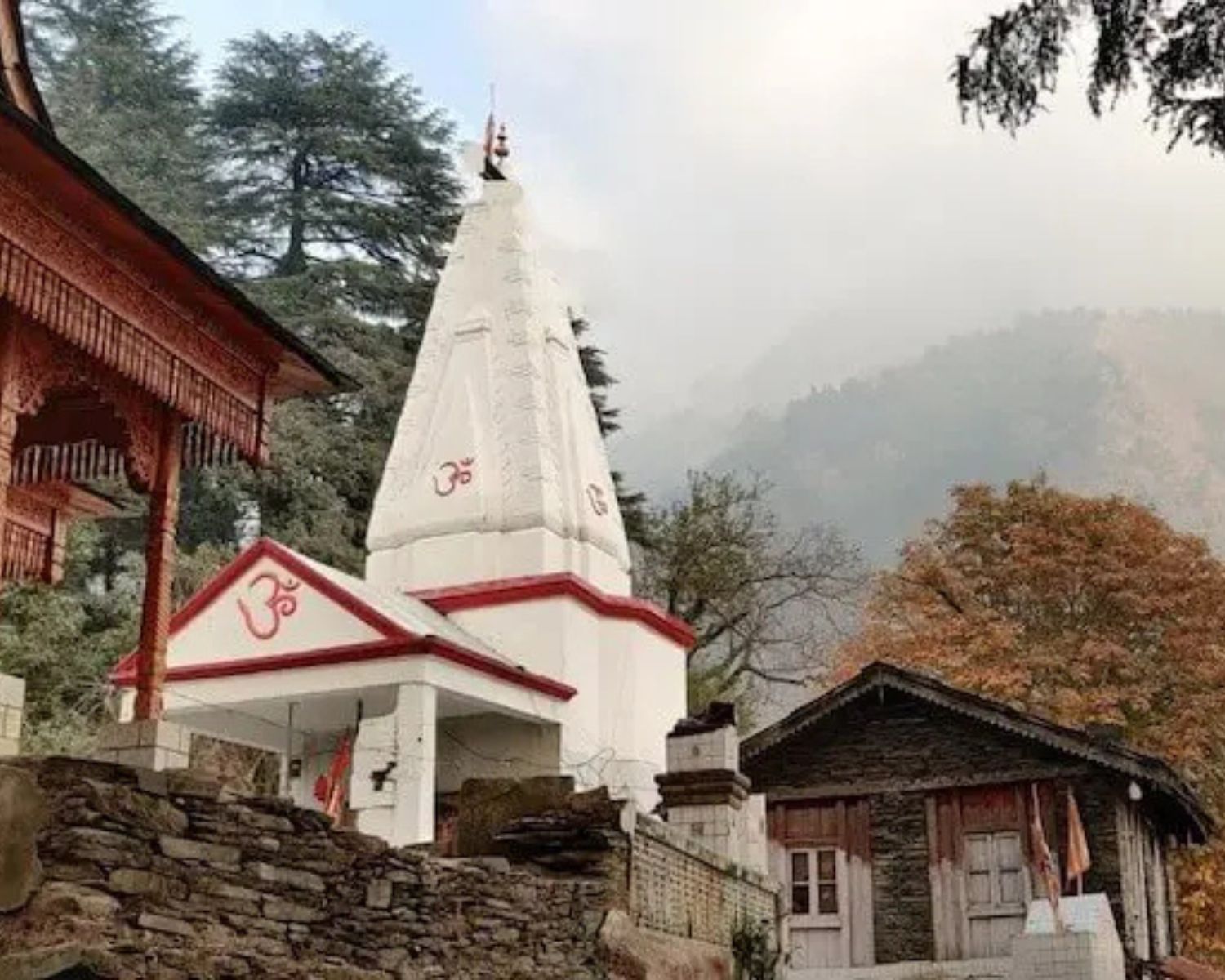
Origins & Legacy
The roots of Bhagsunag Temple stretch back over a thousand years. It is believed to have been built by the local Gorkha community and linked to the ancient tale of King Bhagsu, who angered the Nāga Devata by stealing water from their sacred spring. A battle ensued, but Lord Shiva intervened, declaring the site holy and forgiving the king. The temple thus represents divine mercy and healing. It has since become an enduring symbol of regional devotion and Shiva’s mountain presence.
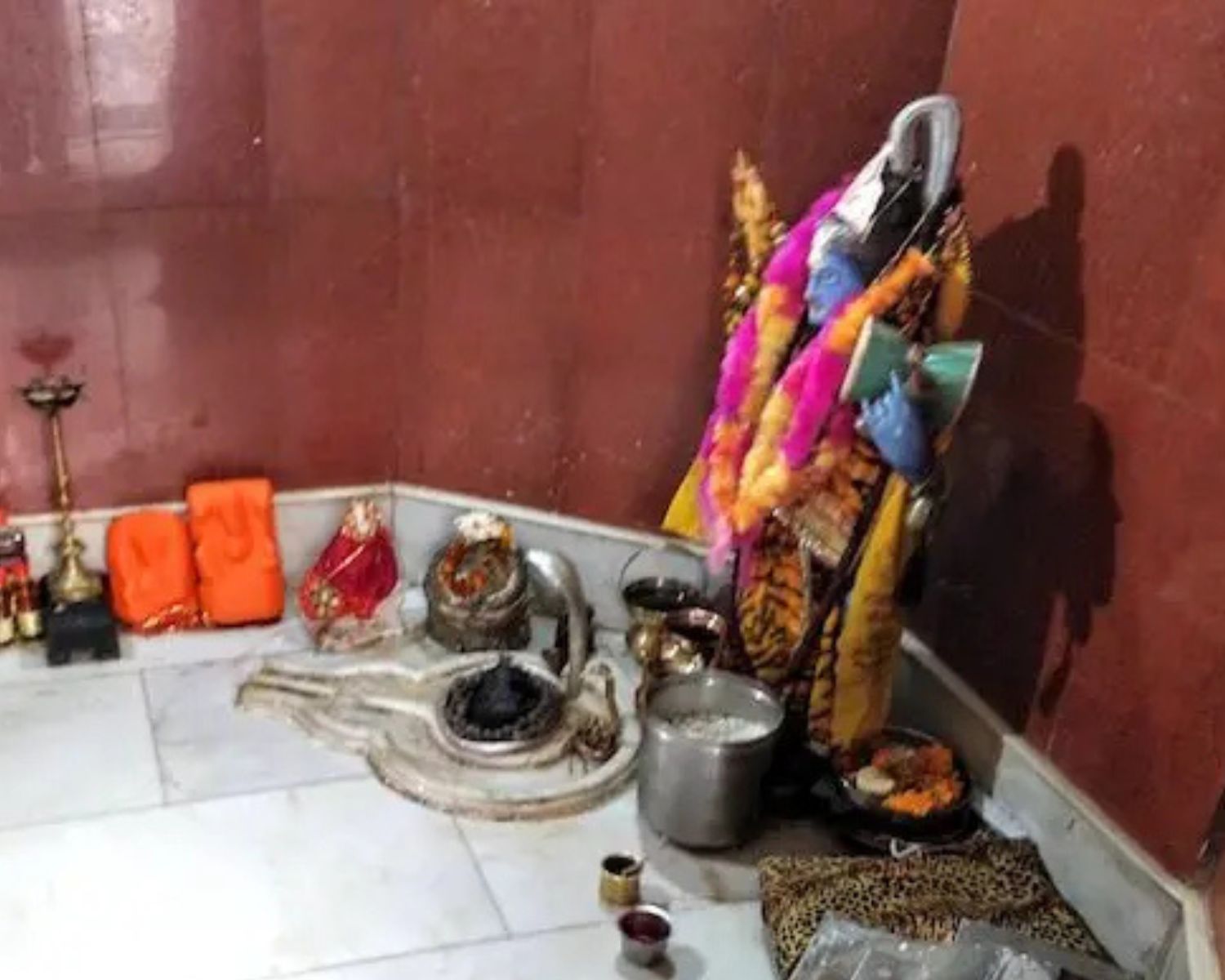
Sacred Importance
Dedicated to Lord Shiva, Bhagsunag Temple is a significant pilgrimage site in the Kangra region. The spring and its attached pool are believed to have healing properties, attracting both local devotees and spiritual travellers. On Maha Shivaratri, the temple becomes a hive of activity—filled with chants, lamps, and mountain devotion. Many pilgrims combine this visit with treks to nearby waterfalls and peaks, making it both a physical and spiritual ascent.

Rituals & Traditions
- Morning and evening ārati offered to the Shiva liṅga.
- Pilgrims bathe in the spring pool before temple darshan.
- Lighting incense and butter lamps in honor of Nāga Devata.
- Quiet chanting or japa along the stone steps or near the spring.
- Offering bilva leaves, flowers, and holy water on Mondays.
Practical Guidance
When to Go
March to June and September to November offer the best weather for both temple visits and waterfall treks. During Maha Shivaratri in February/March, the temple hosts special rituals. Monsoon season enhances the waterfall but may make trails slippery.
Respect & Reverence
Guidelines
- Modest attire is required.
- Footwear should be removed before entering the temple.
- Maintain silence near the sanctum and pool area.
Restrictions
- Bathing in the spring is allowed but no soap or chemicals.
- Photography in the sanctum is discouraged.
- No alcohol or tobacco near temple grounds.
Arriving Here
By Air
Gaggal Airport (Dharamshala) is just 18 km away. Taxis and shared cabs easily connect to McLeod Ganj in under 45 minutes.
By Rail
Pathankot Railway Station (90 km) is the nearest major stop. From there, buses or taxis travel up to the hills of Dharamshala.
By Road
From Dharamshala, Bhagsunag is about 7 km. Cabs and autos are available. The final 5–10 minutes may involve a gentle uphill walk.
Immersive Experiences
Spiritual Practices
Join monks and devotees on the Kora path at sunrise—chanting mantras or walking in mindful silence among pine-scented air.
Local Rituals
Light butter lamps at dusk for world peace—an act of symbolic clarity practiced across the Tibetan world.
Silent Meditation
The trail behind the temple offers shaded spots where yogis and wanderers sit in silent spiritual connection.
Closing Reflection
Trayambakeshwar Temple captivates with its 13-tiered ascent, each step echoing with devotion and ancient tales. Beyond the vibrant corridor of shrines, visitors discover serene Ganga panoramas and a profound link to Lord Shiva—a timeless invitation to rise above worldly distractions and embrace spiritual awakening.

